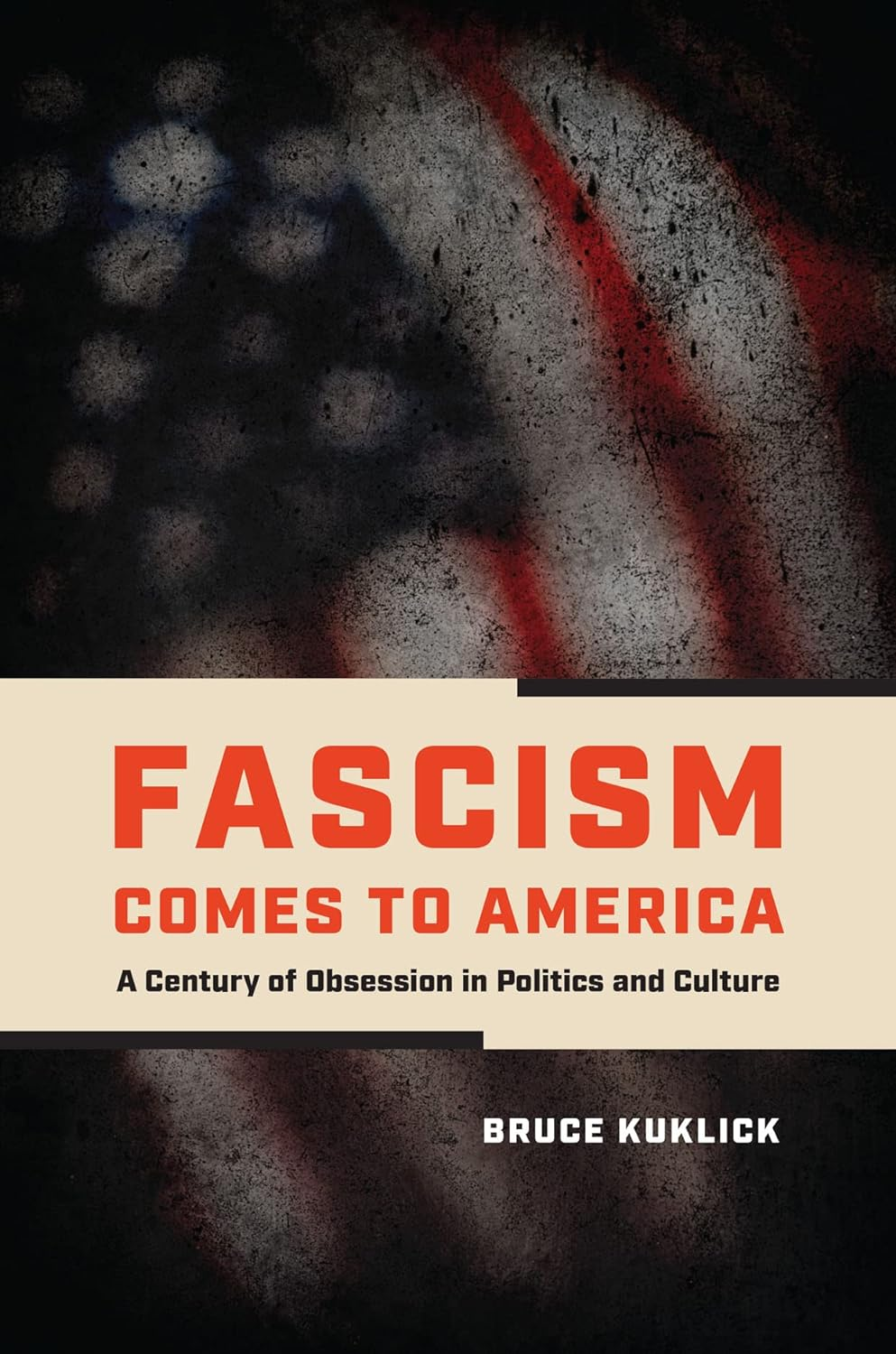The term “fascism,” as we know it, originates in the Latin fasces, the name for the bundle of rods, with an ax projecting from the middle, carried by an official known as the lictor in ancient Rome as a symbol of the magistrate’s authority. More than just a symbol, the rods were also intended for these officials to beat back unruly crowds and administer corporal punishment; the ax advertised the threat of execution for those who committed especially severe offenses. The reverse side of Roman imperial coins featured a lictor with his rods, all the way up to the time of the fall of Constantinople in 1453. The intimidatory intent was there for all to see.
By the 18th century, however, the fasces—without the ax—had also come to symbolize the strength of unity: Bound in a tight bundle, after all, rods are hard to break. The founding fathers of the United States chose the symbol to adorn the Capitol building. The Lincoln Memorial in Washington, D.C., showed its dedicatee resting his hands on arm rests made from fasces. By this time (1922), fasces had also been given a new though not unrelated political meaning by the Italian journalist and politician Benito Mussolini, who called the members of his movement Fascisti. In his “Fascist” movement, authority was enforced through violence, underpinned by the idea of a group of political activists—eventually, indeed, an entire nation—tied together in a bundle so tight that it couldn’t be separated.
At the center of Italian fascism sat these two ideas: a cult of violence involving the worship of authority, on the one hand, and a desire to bind the disaggregated individuals of modern society into a tight-knit and orderly organization, on the other. To realize this twin vision, Mussolini’s blackshirts formed paramilitary squads to beat up, intimidate, and sometimes kill their opponents and drive them from the streets. In 1922, Mussolini was appointed prime minister of Italy after a series of violent takeovers of cities and a threatened march on Rome. He soon set about destroying democracy and creating a dictatorship, achieving most of his aims by 1930.
From the very beginning, Italian fascism was a militaristic movement, glorifying war and armed conflict. Despite its destruction of democratic institutions, its establishment of a one-party state, its suppression of civil liberties, and its cruel and sometimes murderous treatment of its opponents, however, Italian fascism attracted many admirers across Europe and the world. Even Charlie Chaplin, whose 1940 movie The Great Dictator included a satirical depiction of Mussolini, found time in 1931 to praise him for making the Italian trains run on time.
